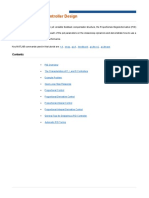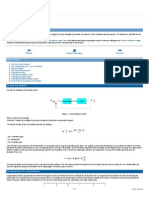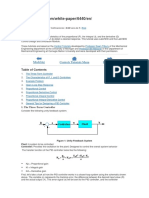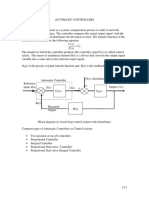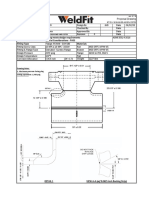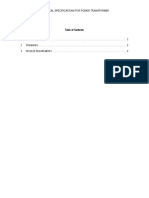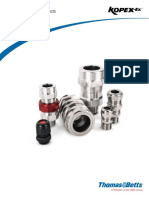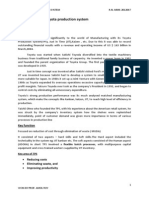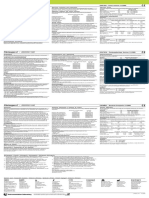0% found this document useful (0 votes)
54 views15 pagesPie Control Tutorial
The document provides an introduction and overview of PID controllers. It discusses how a PID controller works in a closed-loop feedback system to calculate the control input using proportional, integral and derivative terms applied to the error signal. It then explains the effects that increasing each of the PID gains has on characteristics like rise time, overshoot, settling time and steady-state error. Finally, it provides an example of applying PID control to a mass-spring-damper system to improve its step response.
Uploaded by
dr.rnsraoCopyright
© © All Rights Reserved
We take content rights seriously. If you suspect this is your content, claim it here.
Available Formats
Download as PDF, TXT or read online on Scribd
0% found this document useful (0 votes)
54 views15 pagesPie Control Tutorial
The document provides an introduction and overview of PID controllers. It discusses how a PID controller works in a closed-loop feedback system to calculate the control input using proportional, integral and derivative terms applied to the error signal. It then explains the effects that increasing each of the PID gains has on characteristics like rise time, overshoot, settling time and steady-state error. Finally, it provides an example of applying PID control to a mass-spring-damper system to improve its step response.
Uploaded by
dr.rnsraoCopyright
© © All Rights Reserved
We take content rights seriously. If you suspect this is your content, claim it here.
Available Formats
Download as PDF, TXT or read online on Scribd
/ 15


















